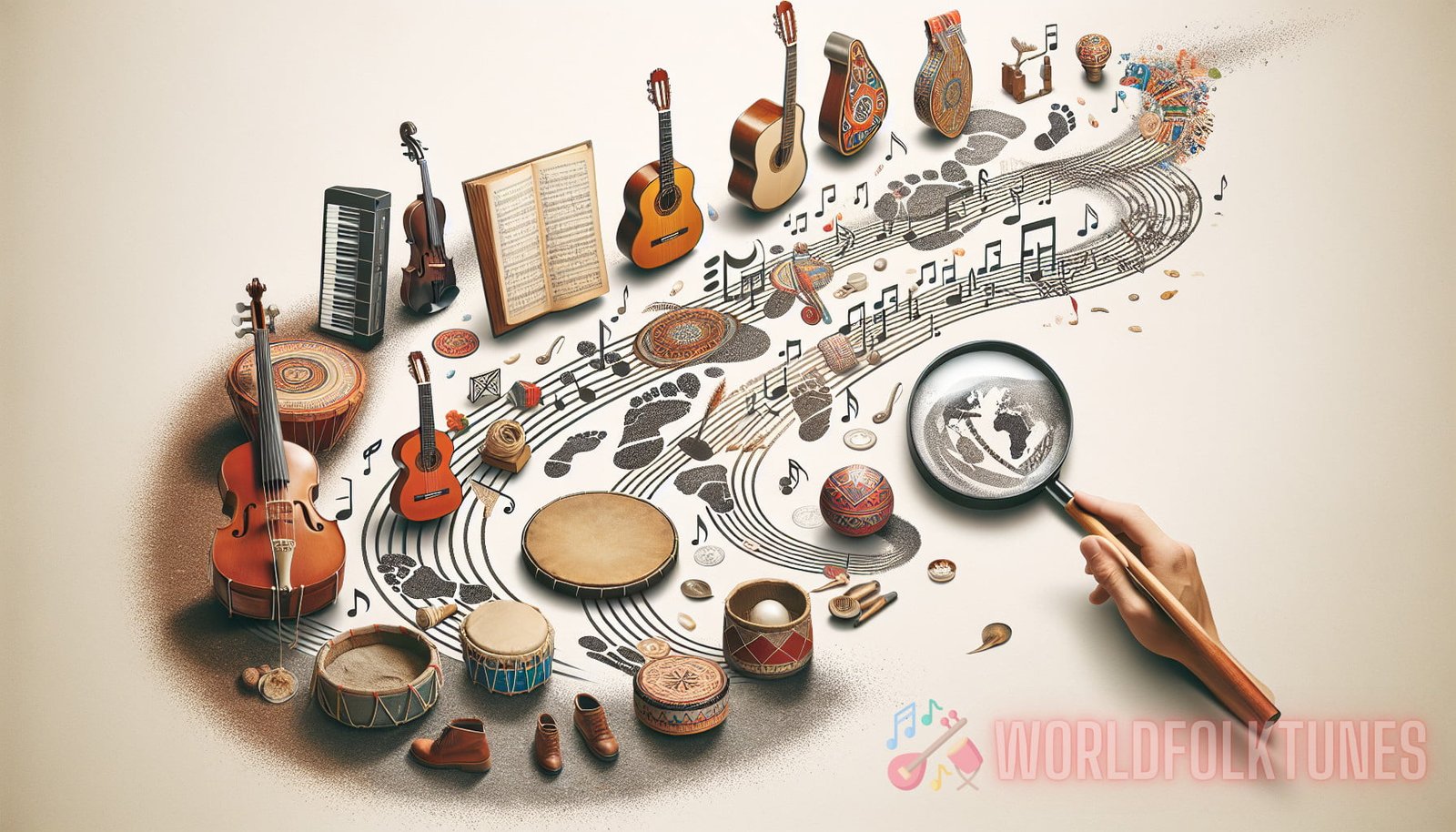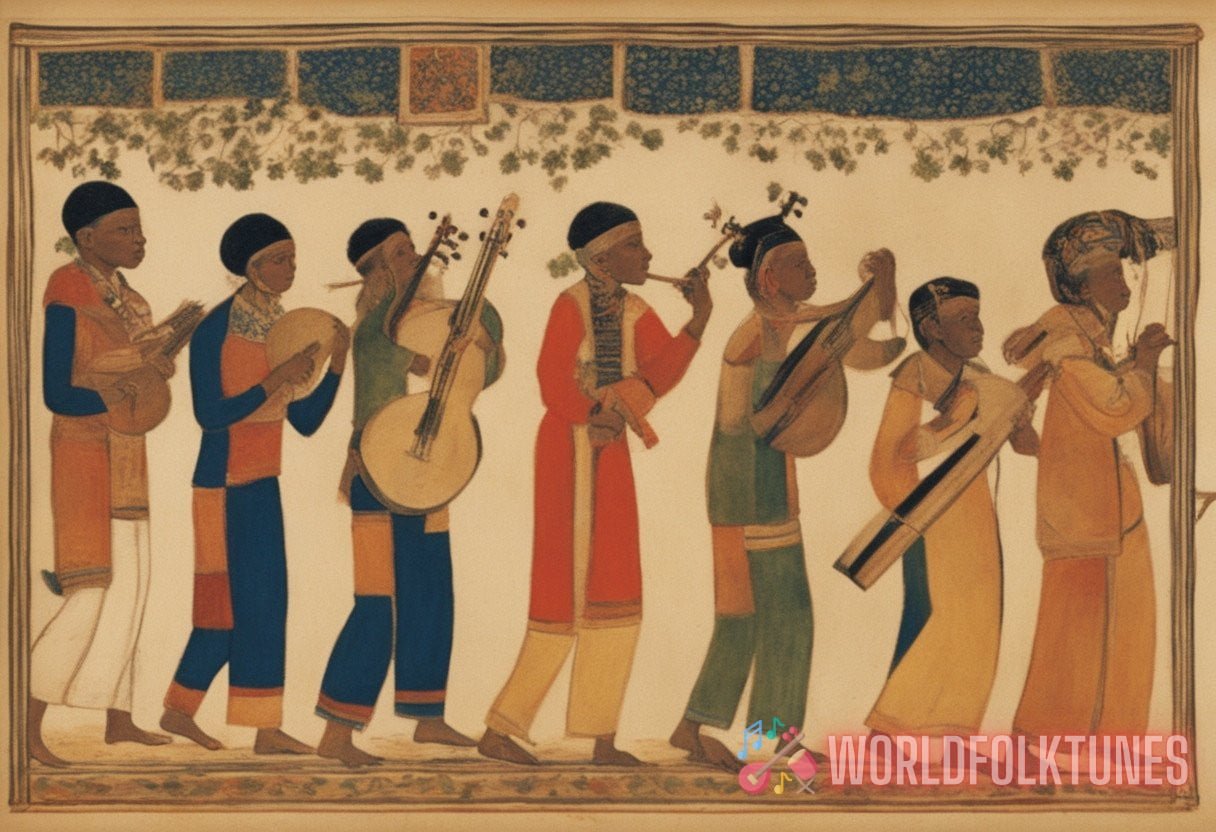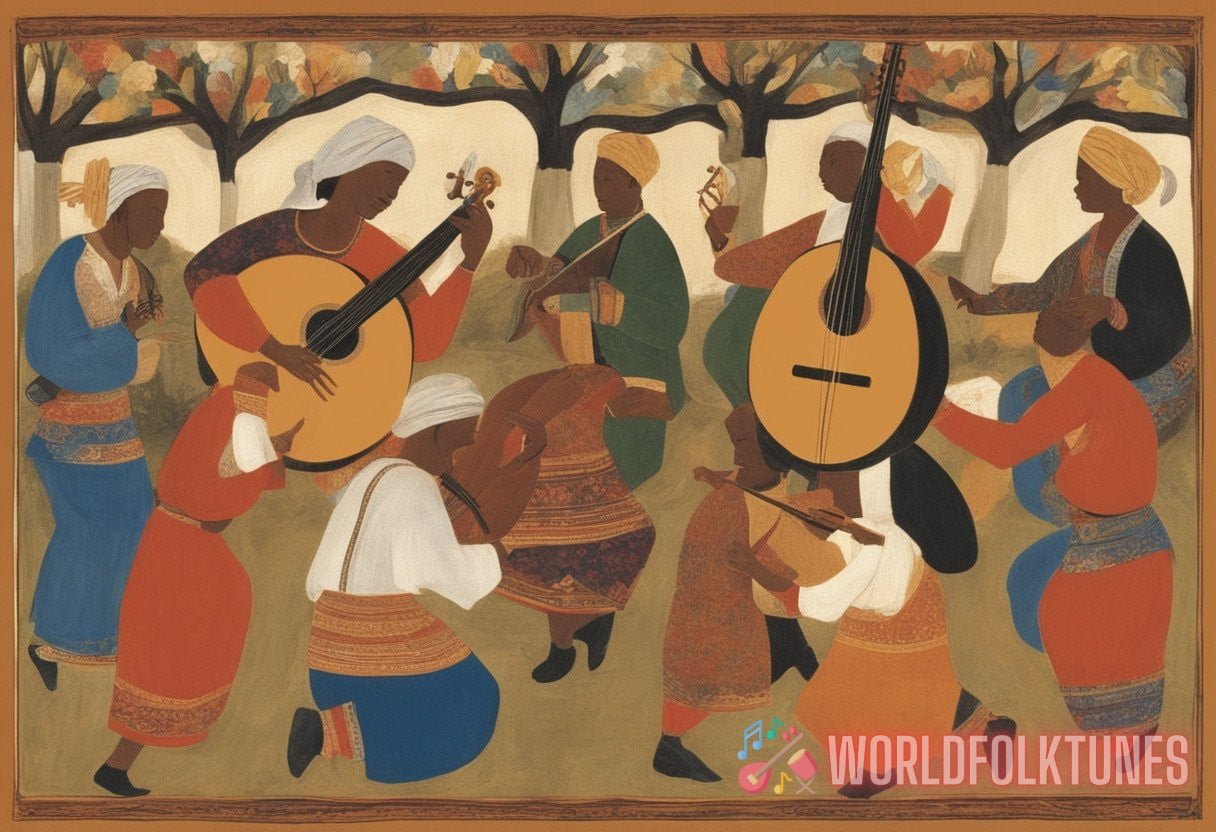Melodic Footprints: Tracing the Cross-Cultural Evolution of Folk Music Narratives
For centuries, folk music has served as a powerful medium for storytelling and cultural expression. Passed down through generations, these melodic narratives offer a window into the traditions, beliefs, and values of diverse communities around the world. By examining the origins and evolution of folk music narratives, we can gain a deeper understanding of the cross-cultural influences that have shaped this art form and its enduring significance. In this article, we will explore the rich tapestry of folk music and the stories it tells, shedding light on the interconnectedness of different cultures and the universal human experiences that unite us all.
The Origins of Folk Music
Folk music traces its roots back to ancient times, with evidence of musical traditions dating back thousands of years. In fact, the earliest known musical instrument, a bone flute, was discovered in a cave in Slovenia and believed to be over 43,000 years old. These early musical expressions were likely used for ceremonial purposes, religious rituals, and communal gatherings, solidifying the deep connection between music and human culture.
The term “folk music” itself emerged in the 19th century, as scholars and enthusiasts began to study and document traditional songs and melodies. In many cases, these songs were passed down orally through generations, making the preservation and study of folk music narratives a challenging task. However, as societies became more literate and technology advanced, written records and audio recordings were able to capture and transmit these timeless melodies, ensuring their survival for future generations.
The Cultural Influence of Folk Music
Folk music narratives are deeply embedded within the cultures from which they arise. They serve as a social commentary and reflect the values, struggles, and aspirations of communities around the world. Whether it is a ballad recounting a historical event, a lullaby that soothes a child to sleep, or a protest song challenging social injustice, folk music serves as a powerful tool for communication and collective identity.
These narratives are not limited to a single culture or country. Instead, they transcend borders, weaving a common thread that connects humanity as a whole. Folk music narratives have traveled across continents, adapting and evolving with each cultural exchange. This cross-pollination of ideas and traditions has enriched the tapestry of folk music, leading to the creation of new genres and sub-genres that blend together various cultural elements.
Tracing the Evolution of Folk Music Narratives
The evolution of folk music narratives can be traced through various historical and cultural contexts. Let’s explore some key examples:
1. European Influence
In Europe, folk music has a long and storied history. From the haunting melodies of Scotland’s ballads to the lively dances of Ireland, the folk traditions of this continent have left an indelible mark on the global music landscape. As European explorers and colonizers traveled to different parts of the world, they brought their music with them, leading to the fusion of European and indigenous musical traditions.
In the Americas, for example, the arrival of European settlers led to the emergence of new musical styles such as bluegrass, country, and Cajun music. These genres incorporated elements of European folk music narratives while also drawing inspiration from the African and Indigenous music traditions of the region, resulting in a unique blend of sounds and stories.
2. African Influences
The impact of African music on folk music narratives cannot be overstated. During the transatlantic slave trade, millions of Africans were forcibly brought to the Americas, taking with them their rich musical traditions and folklore. While their languages and cultures were suppressed, African slaves found solace in their music, using it as a form of resistance, storytelling, and cultural preservation.

The influence of African music can be felt in various genres, including blues, jazz, and gospel. These genres, deeply rooted in African musical traditions, have shaped the development of popular music around the world. From the work songs of the cotton fields to the spirituals sung in the face of adversity, African influences have added depth, rhythm, and emotional resonance to folk music narratives.
3. Indigenous Voices
Indigenous cultures have a profound relationship with folk music narratives, often using music as a means of passing down their history, traditions, and spiritual beliefs. From the haunting chants of Native American tribes to the rhythmic songs of Australian Aboriginal communities, indigenous folk music narratives provide a glimpse into the resilience and wisdom of these cultures.
Despite centuries of colonization and marginalization, indigenous folk music narratives continue to thrive, serving as a powerful tool for cultural preservation. These melodies remind us of the rich diversity of human experiences and the importance of respecting and honoring indigenous voices and traditions.
| Key Influences on Folk Music Narratives |
|---|
| European African Indigenous |
The Enduring Significance of Folk Music Narratives
While folk music narratives have evolved over time, their enduring significance cannot be denied. In an increasingly globalized world, these melodies provide a sense of cultural identity and a connection to our collective past. They offer a glimpse into the struggles and triumphs of those who came before us, giving voice to the marginalized, and shining a light on the shared humanity that unites us all.
Through the study and appreciation of folk music narratives, we can foster a greater understanding and respect for different cultures, promoting empathy and dialogue. These melodies remind us of our shared history and the power of storytelling as a means of creating change and fostering social cohesion.
Conclusion
Folk music narratives are the melodic footprints of our shared human experience. They transcend borders and cultures, connecting us through a universal language of music and storytelling. By tracing the cross-cultural evolution of folk music narratives, we gain a deeper appreciation for the richness and diversity of our world’s cultures.
As we continue to explore and discover the stories embedded within these melodies, let us recognize the importance of preserving and celebrating our cultural heritage. Through our collective efforts, we can ensure that the melodic footprints of folk music narratives continue to resonate and inspire future generations.
Read More:
- Unearthing the Ancient Origins and Cultural Influence of Folk Music Culture
- Folk Commentary: Unveiling the Hidden Messages and Social Reflections within Melodies
For more information on folk music, you can visit https://en.wikipedia.org/wiki/Folk_music.



